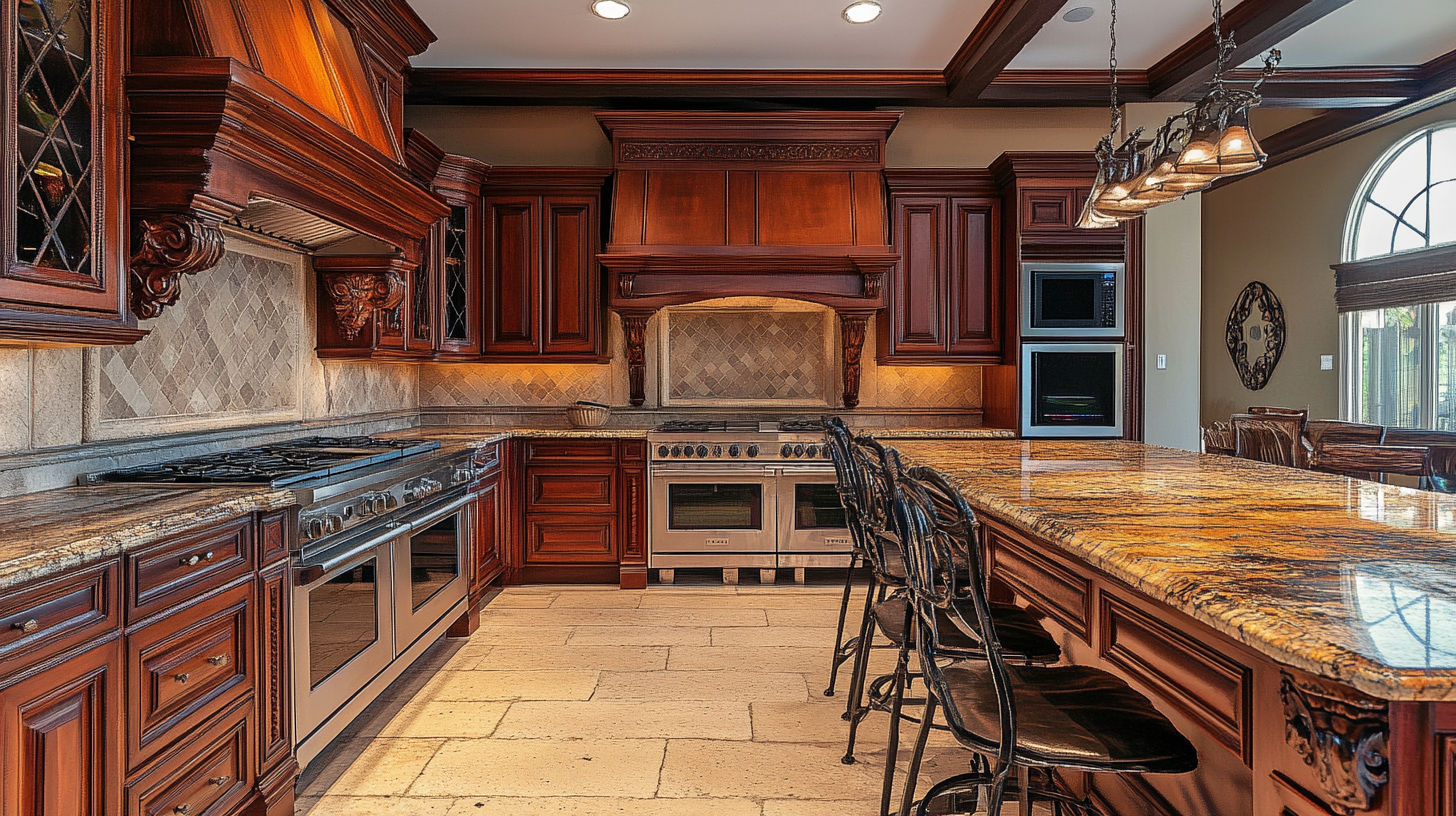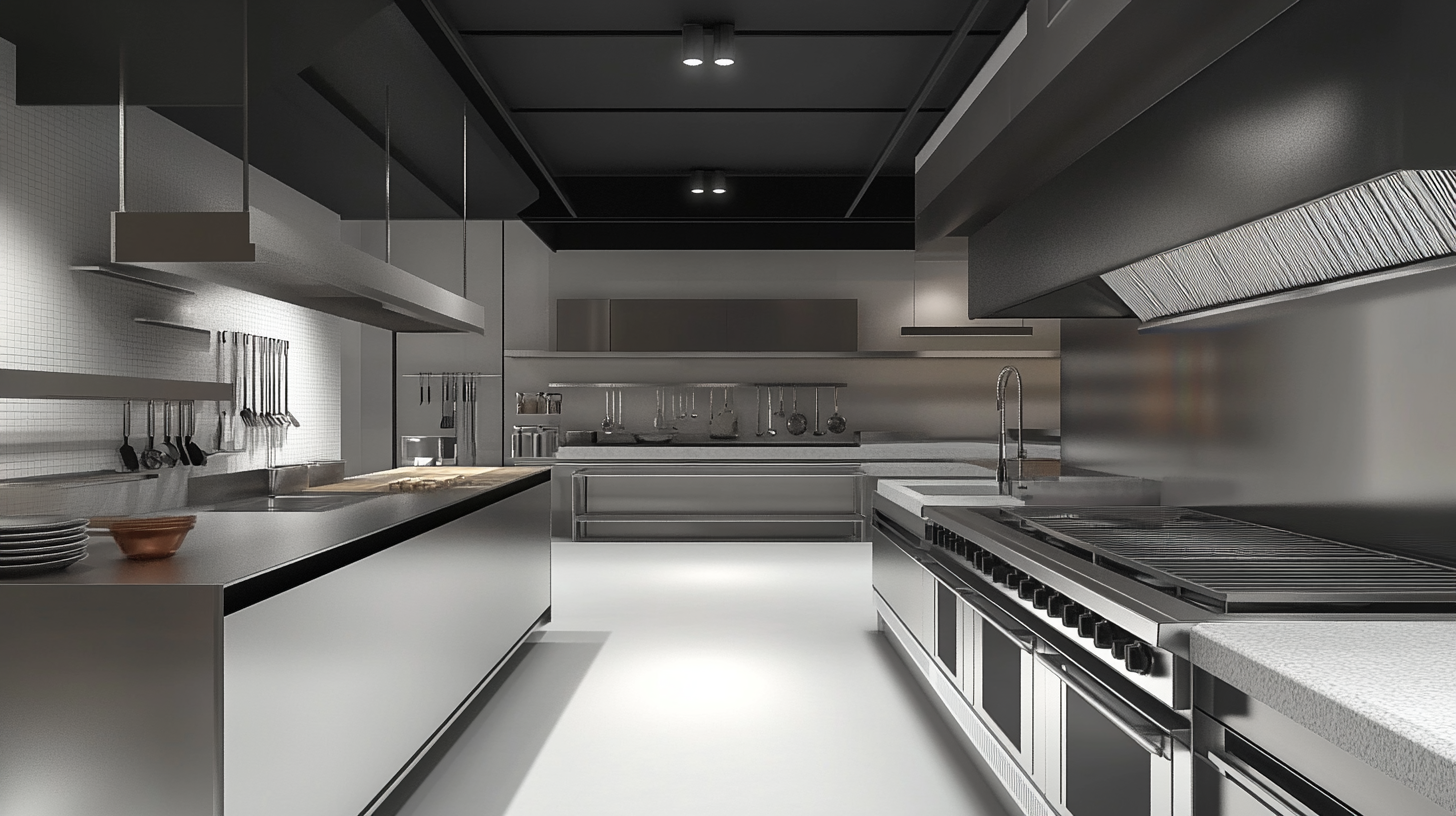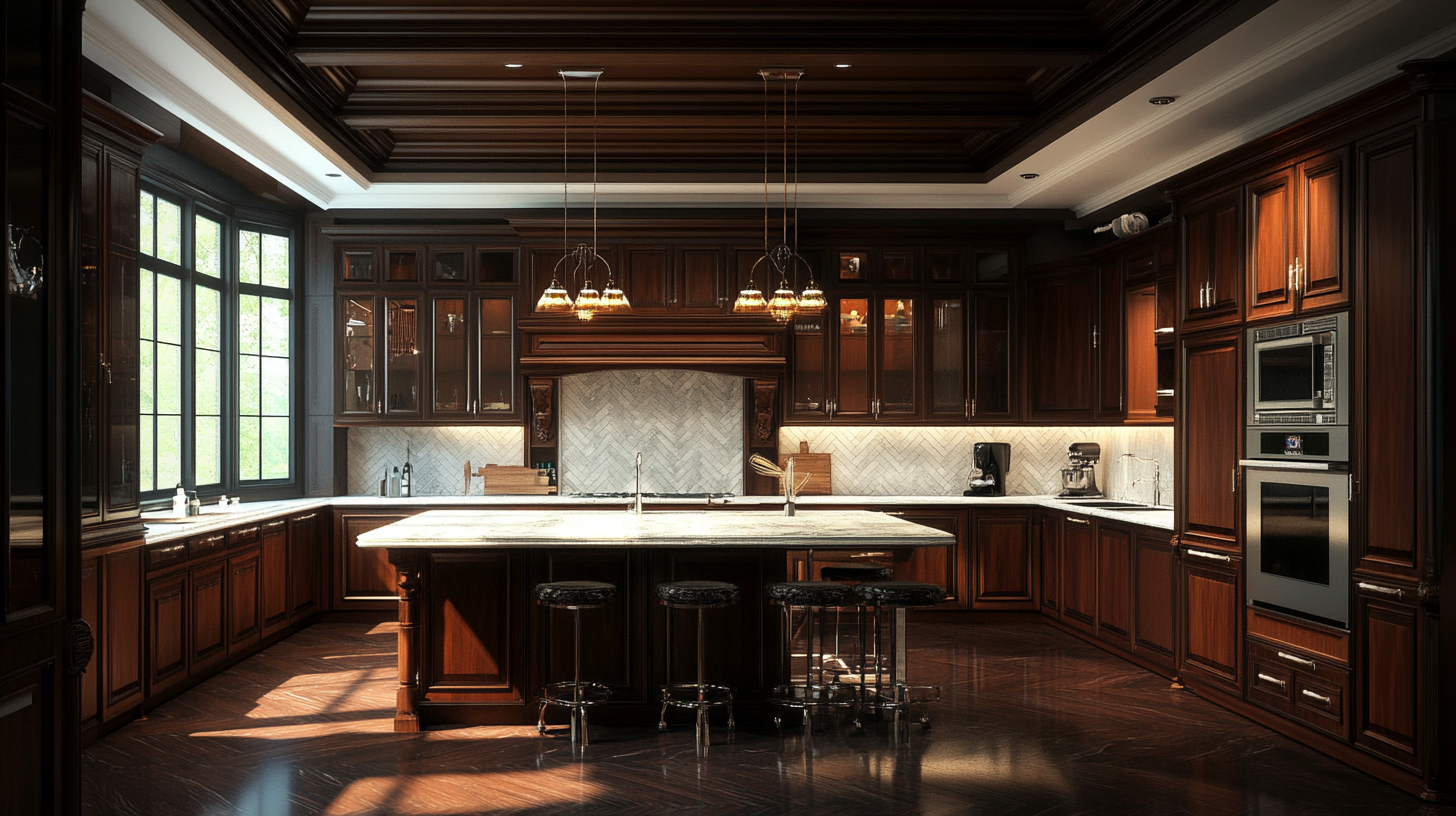In the ever-evolving landscape of the kitchen design industry, the importance of adhering to production standards cannot be overstated. As homeowners increasingly seek bespoke options, the demand for Custom Kitchen solutions has surged. Navigating the intricate web of industry certifications and import-export regulations can be daunting for both manufacturers and consumers. This blog aims to illuminate the best practices in achieving compliance while simultaneously providing top-tier custom solutions that meet individual tastes and needs. By blending tutorial insights with practical advice, we will guide you through the necessary steps to ensure that your Custom Kitchen not only stands out aesthetically but also adheres to the rigorous standards that govern production and safety in today’s market.

Navigating the complex landscape of industry production standards for custom kitchens is essential for homeowners looking to create a functional and aesthetically pleasing space. Understanding these standards goes beyond mere compliance; it encompasses knowledge of materials, safety regulations, and quality benchmarks that ensure a kitchen is not only beautiful but also durable and safe for everyday use. Each region may have specific codes guiding everything from cabinetry to countertop installation, making it crucial for clients to work closely with experienced professionals who are well-versed in local regulations.
Moreover, adhering to these industry standards can significantly impact the longevity and usability of your custom kitchen. High-quality materials that meet safety standards contribute to the overall performance of kitchen installations, preventing issues such as moisture damage or structural instability. Custom kitchen solutions should incorporate sustainable practices and energy-efficient technologies, aligning with modern standards that prioritize environmental responsibility.
Working with experts who consistently monitor and adapt to industry developments will ensure your kitchen not only meets but exceeds expectations, providing a perfect blend of luxury and practicality tailored to your lifestyle.
When considering optimal kitchen performance, understanding key technical specifications is crucial. The National Kitchen & Bath Association (NKBA) reports that a well-designed kitchen can enhance functionality by up to 30%. Key specifications such as ergonomic design, adequate ventilation, and appliance efficiency play a vital role in achieving this goal. For instance, a kitchen designed to optimize workflow typically features a triangular layout that minimizes distance between the sink, stove, and refrigerator, facilitating a more efficient cooking environment.

Furthermore, energy-efficient appliances are not just a trend but a necessity, impacting both performance and sustainability. According to the U.S. Department of Energy, home appliances account for nearly 13% of total household energy use. Choosing Energy Star-rated appliances can reduce energy consumption by 10-50% compared to traditional models. Ensuring adequate ventilation is also crucial; a well-ventilated kitchen can improve indoor air quality by as much as 50%, addressing issues like moisture and cooking odors.
By focusing on these technical specifications, homeowners can create a custom kitchen that not only meets industry standards but also enhances overall performance.
The growing demand for custom kitchen solutions has necessitated a close examination of industry production standards. As kitchens evolve into multifunctional spaces, it’s crucial that these solutions not only enhance aesthetics but also comply with regulatory requirements. According to recent market analysis, the countertop market is projected to see substantial growth, with natural stone and engineered stone leading the way due to their durability and compliance with health standards. The impact of COVID-19 has further accelerated the trend towards materials that are not only stylish but also easy to sanitize and maintain.
In addition, the Asia Pacific food service equipment market is expected to witness significant expansion driven by the increasing number of full-service restaurants. This growth is closely tied to the demand for high-quality kitchen purpose equipment that meets stringent industry regulations. Innovative storage solutions, particularly those that optimize space in open-concept kitchens, are becoming essential as more homeowners seek to streamline their cooking environments. Industry reports indicate that well-organized kitchens can not only improve efficiency but also enhance the overall functionality of the space, thus driving the adoption of customized solutions that adhere to regulatory standards.

In the rapidly evolving world of kitchen manufacturing, digital technology plays a pivotal role in enhancing production standards. From computer-aided design (CAD) software to advanced manufacturing techniques, digital tools enable manufacturers to create highly customized kitchen solutions that meet the unique needs of each client. By utilizing 3D modeling and virtual reality simulations, designers can show clients precisely how their new kitchen will look and function, ensuring that all specifications are met before production begins.
Moreover, the integration of digital technology streamlines the entire manufacturing process. Automation and robotics have revolutionized traditional methods, allowing for increased precision and reduced lead times. Manufacturers can now efficiently produce complex designs while maintaining high standards of quality control. Additionally, digital platforms facilitate better communication across the supply chain, enabling real-time updates and collaboration between designers, manufacturers, and customers. This synergy not only enhances product quality but also fosters innovation in kitchen design, making it possible to bring the latest trends and technologies into modern kitchens.
| Dimension | Technology Utilized | Production Standard | Efficiency Improvement (%) |
|---|---|---|---|
| Material Selection | CAD & CAM Software | ISO 9001 | 20% |
| Production Workflow | IoT Devices | Lean Manufacturing | 30% |
| Quality Control | Automated Inspection Systems | Six Sigma | 15% |
| Supply Chain Management | Blockchain Technology | ISO 28000 | 25% |
| Customer Collaboration | Virtual Reality (VR) | ISO 10002 | 18% |
Choosing the right materials for a custom kitchen design is crucial for both aesthetics and functionality. While the visual appeal of a kitchen can be greatly enhanced by the choice of materials, durability and maintenance should not be overlooked. Popular options include natural stone, such as granite or marble, which offer unique beauty and longevity, perfect for countertops. However, their weight and cost may require consideration of structural support and budget constraints.
Another essential aspect of material selection is understanding how different finishes can impact the overall design. For instance, stainless steel appliances add a modern touch while being easy to clean, often complementing a minimalist aesthetic. On the other hand, reclaimed wood can impart warmth and character, creating a welcoming atmosphere. It’s also vital to ensure that whichever materials you choose meet industry production standards, ensuring safety and quality. By thoughtfully blending materials, you can create a kitchen that is not only tailored to your style but also equipped to withstand the rigors of daily use.
This bar chart illustrates the popularity of various materials used in custom kitchen designs. Understanding these trends can help consumers make informed choices about their kitchen remodels.
Whether you’re a homeowner, builder, or designer, you’ll find that our elegant cabinets create a breathtaking space that evokes positive emotions and encourages lasting memories. We invite you to explore our website to learn more about who we are and how we can help you.
Woodinville | Bellevue | Seattle | Kirkland | California | Berkeley | Walnut Creek | Roseville, CA
© 2025 Acadia Craft. Powered by Integrity Marketing Serving Woodinville, Kirkland, Bellevue & The Greater Seattle Area
